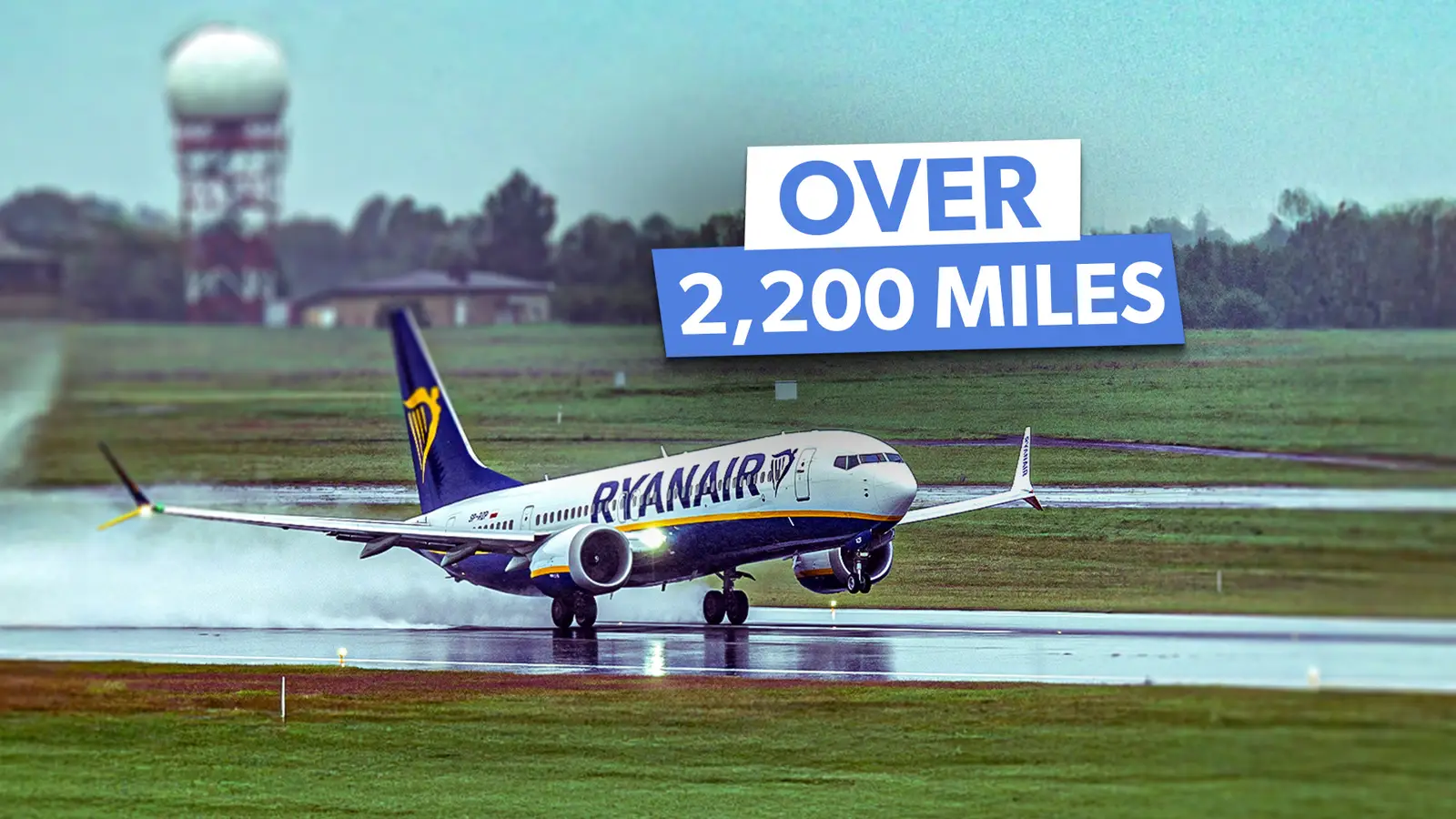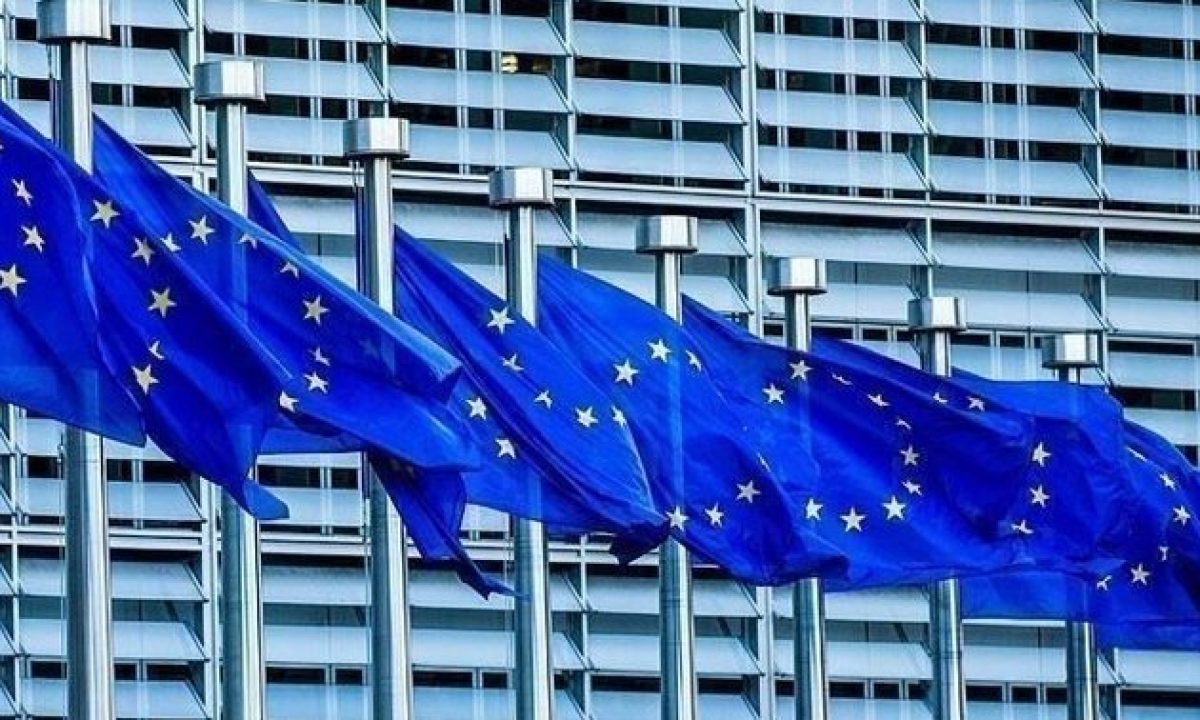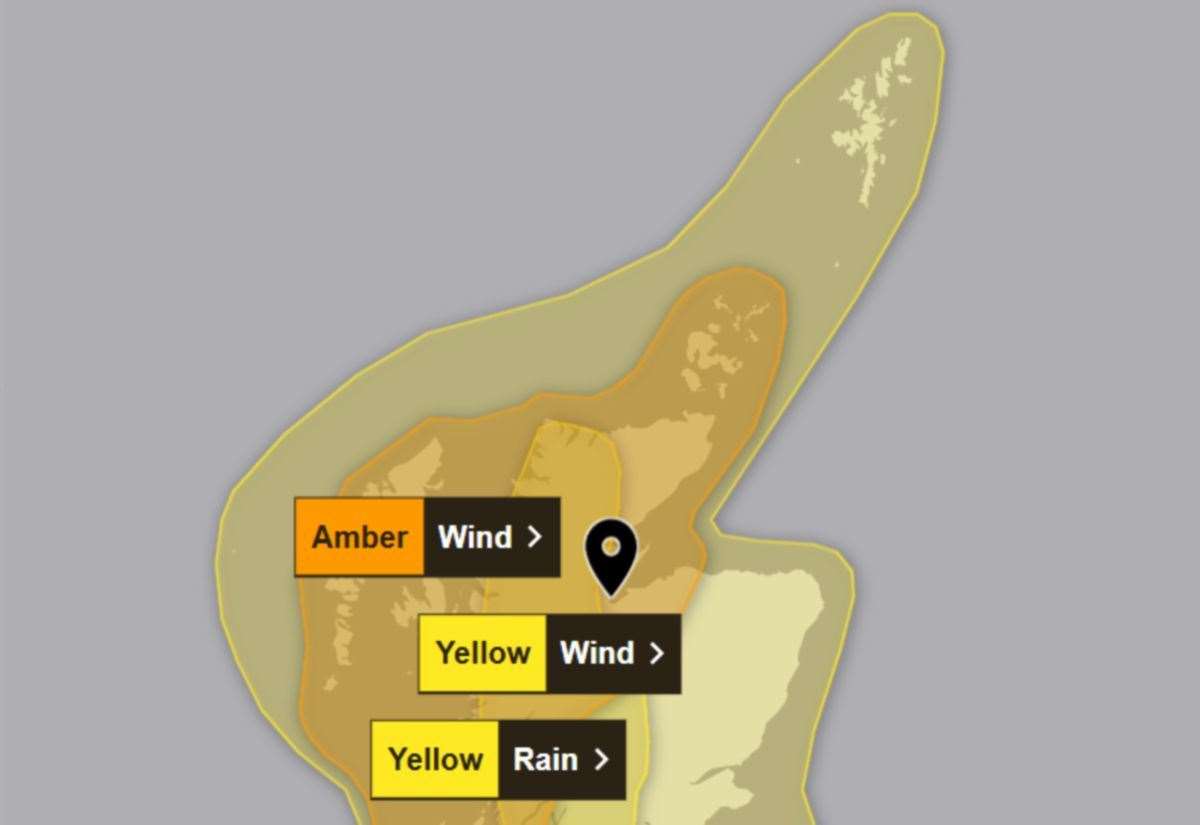
Ryanair has built its reputation on short, sharp hops across Europe, offering affordable fares that have made air travel accessible to millions. In 2025, the airline continues to expand its reach, weaving together destinations that range from major capitals to holiday hotspots on the continent’s fringes. While it remains firmly rooted in the low-cost model, the scale of the network means some of its flights now cover impressive distances, connecting cities that are far from the traditional short-haul mold.
These longer routes highlight how Ryanair has quietly grown beyond being just a regional carrier. By linking northern hubs with sun-soaked islands and distant holiday markets, the airline has created journeys that stretch the idea of what budget travel can be. In this article, we take a closer look at the longest flights in Ryanair’s schedule for 2025, utilizing its high-density 737 MAX 8-200 fleet, examining how they fit into its wider network, and what they suggest about its evolving approach to connecting Europe.
Ryanair: A Low-Cost Giant With Big Reach
Ryanair has transformed European air travel since its humble beginnings in 1985, rising to become the continent’s largest airline by passenger numbers. Its winning formula, low fares, a single aircraft type, and efficient operations, has made flying accessible to millions who might otherwise travel by train, bus, or not at all. By focusing on high-frequency, point-to-point routes and leveraging secondary airports, Ryanair has been able to dominate the short-haul market across Europe.
Today, the airline operates more than 3,000 flights daily and has an extensive network stretching from Scandinavia to North Africa, from Portugal to the Middle East. This vast reach makes Ryanair a truly pan-European airline, with bases spread across dozens of countries. Crucially, its ability to adapt quickly to demand trends has allowed the carrier to capture leisure traffic flows, connecting Northern and Western Europe to popular holiday destinations with unmatched scale.
As of 2025, Ryanair is pushing even further. Armed with the Boeing 737 MAX 8-200, the airline has extended its network into longer sectors that were previously uneconomical for its standard fleet. Routes like Berlin to Tenerife or Manchester to Paphos demonstrate how Ryanair can now bridge distances of more than 2,000 miles, expanding its presence in competitive leisure markets while maintaining the cost discipline that defines its brand.
The Boeing 737 MAX 200: Stretching Narrowbody Boundaries
The Boeing 737 MAX 8-200, dubbed the “Gamechanger” by Ryanair, is a specially modified version of the 737 MAX 8 designed to carry more passengers, offering a lower ‘per seat’ operating cost. Configured with 197 seats, it allows Ryanair to pack nearly 4% more travelers on board compared to a standard MAX 8. This higher density, paired with the aircraft’s advanced CFM LEAP-1B engines and aerodynamic improvements, delivers fuel savings of up to 20%, critical for Ryanair’s razor-thin margins and ultra-low-cost model.
But the MAX 200 isn’t just about squeezing in more passengers. Its extended range capabilities allow Ryanair to comfortably operate flights of over 2,200 miles, putting destinations such as the Canary Islands, Cyprus, and even parts of North Africa within reach of its European hubs. For an airline that historically focused on shorter hops averaging under two hours, this represents a significant strategic shift.
By adopting the MAX 8-200, Ryanair has blurred the traditional line between low-cost short-haul carriers and long-range operations. While it probably won’t be flying transatlantic anytime soon, the aircraft’s ability to stretch into longer holiday markets means Ryanair can directly challenge legacy carriers and charter operators on routes once considered outside the scope of low-cost flying. The result is a more competitive marketplace, along with more affordable fares for passengers.
Analyzing The Longest MAX 200 Routes
Ryanair’s 2025 schedule shows just how far the 737 MAX 8-200 can stretch, with multiple routes regularly flying over the 2,000-mile threshold. These sectors stand out in a network where the average flight is under two hours. Instead, these journeys take closer to four or five hours, reflecting the aircraft’s ability to link Northern Europe with sunny getaways far to the south and east.
The data highlights a strong presence from Ryanair’s UK and German bases. For instance, flights from Edinburgh (EDI) to Tenerife South (TFS) cover about 2,048 miles (3790km), while nearby Newcastle (NCL) also reaches Tenerife at 2,032 miles (3760km). In the Mediterranean, Manchester (MAN)–Paphos (PFO) stretches to 2,123 miles (3930km), demonstrating how the airline is connecting Britain directly to Cyprus with narrowbody jets. German bases follow a similar trend, with Cologne (CGN)–Lanzarote (ACE) measuring 1,982 miles (3670km) and Hamburg (HAM)–Tenerife South reaching 2,120 miles (3926km).
These figures underline how Ryanair has pushed its operational envelope without deviating from its low-cost DNA. The MAX 200 has allowed routes that sit just below and above the 2,200-mile mark to become viable, consistently linking Northern European demand with distant leisure hubs. The only question left is, which route tops the list as Ryanair’s very longest flight with the MAX 8-200 in 2025? That reveal comes next.
From Berlin To Tenerife: Europe To The Canary Islands
Among all of Ryanair’s stretched leisure routes, one stands out above the rest. In 2025, the airline’s Berlin Brandenburg (BER) to Tenerife South (TFS) service clocks in at approximately 2,281 miles (4225km), making it the longest regularly scheduled sector operated by Ryanair’s 737 MAX 8-200 fleet. This flight pushes right to the edge of the aircraft’s comfort zone for low-cost operations, with block times approaching five hours, a remarkable feat for a narrowbody designed first and foremost for efficiency.
The BER–TFS link highlights how the Canary Islands have become a central part of Ryanair’s long-haul leisure playbook. With their year-round sunshine and popularity among holidaymakers, these routes generate consistently high demand, allowing the airline to operate them profitably despite their distance. Tenerife South, in particular, has emerged as a major hub for Ryanair’s MAX 8-200 network, fed by multiple bases across Northern and Western Europe.
What makes the Berlin connection especially significant is its symbolic role. It illustrates how Ryanair is no longer confined to short hops or mid-haul markets; instead, it can reliably operate some of the longest intra-European routes with the same aircraft it uses for 90-minute flights. For passengers, the payoff is clear: nonstop access to far-flung holiday destinations at prices traditional carriers struggle to match.
Northern Europe Connections: Edinburgh, Newcastle, And Beyond
Beyond Berlin, Ryanair’s network of long-haul leisure services extends deep into Northern Europe. Airports such as Edinburgh, Newcastle, and Manchester are now firmly linked to distant holiday destinations, reflecting how Ryanair has tailored its MAX 200 fleet to capture demand from UK travelers seeking affordable escapes to warmer climates. These routes often measure just over 2,000 miles, representing some of the most ambitious operations in the low-cost carrier’s portfolio.
From Scotland, the Edinburgh(EDI)–Tenerife South (TFS) route covers 2,048 miles (3295km), while Newcastle (NCL)–Tenerife South runs close behind at 2,032 miles (3270km). Both routes highlight the importance of the Canary Islands as a cornerstone of Ryanair’s long-haul leisure network. Further south, Ryanair also taps into demand for eastern Mediterranean sunshine, with the Manchester (MAN)–Paphos (PFO) service stretching to 2,123 miles (3416km), connecting Britain directly with Cyprus.
Ryanair’s German bases contribute additional variety to these long sectors. The Hamburg (HAM)–Tenerife South route reaches 2,120 miles (3411km), and Cologne (CGN)–Lanzarote adds another significant stretch at 1,982 miles (3198km). Taken together, these Northern and Central European services show that Ryanair isn’t relying on a single “hero route” but has instead built a wide portfolio of long operations that consistently push past the 2,000-mile threshold.
Stretching The Limits Of Low-Cost Flying
Ryanair’s deployment of the Boeing 737 MAX 8-200 has proven that the boundaries of low-cost operations are wider than many once imagined. By operating flights over 2,000 miles across Europe and into the Canary Islands, the airline has demonstrated the aircraft’s ability to pair efficiency with range, opening up new possibilities for passengers seeking affordable access to faraway leisure destinations.
What was once the domain of charter carriers and traditional airlines is now firmly within the reach of Ryanair’s low-cost model. Routes like Berlin–Tenerife, Manchester–Paphos, and Hamburg–Tenerife show how the 737 MAX 8-200 enables the airline to consistently deliver four- and five-hour flights while maintaining its hallmark of low fares and quick turnarounds. The strategy not only strengthens Ryanair’s competitive edge but also reshapes expectations of what a short-haul budget airline can achieve.
Looking ahead, the MAX 200 gives Ryanair the flexibility to continue stretching its network without departing from its tried-and-true formula of low costs and high utilization. For travelers, that means more choices and more affordable access to distant holiday markets. For the industry, it’s a reminder that efficiency, when paired with scale, can redraw the map of possibilities for narrowbody aircraft.



